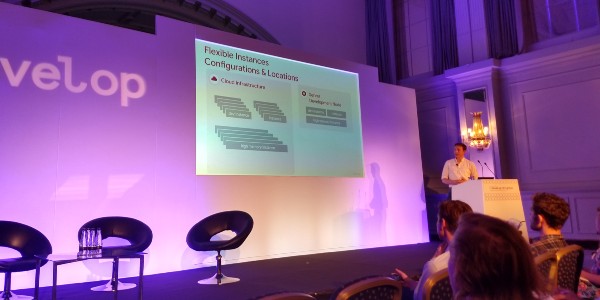Google today revealed that over 4,000 games companies had applied for access to Stadia via its Stadia.dev site. Sam Corcoran, a technical account manager for Stadia, noted the figure in a broad talk on the progress of its fledgling Stadia platform at the Develop:Brighton conference.
With all those games companies looking to get onto the platform, the big question then is how do you catch Google’s eye?
“We’re always looking for new games and pitches,” Corcoran started. “But there are some things you can do to standout.”

“What I’d really recommend, and what is always well received, is having a good think about the access that Stadia provides to its players,” he noted, later speaking not only about the range of potential devices that Stadia can reach but also about the power of the platform to reach out through other Google services, primarily YouTube, but also Maps for instance.
Corcoran continues that it’s looking for titles which “allow people to play across all these different endpoints. And hopefully [that] widening the range of players that can engage with your game. Think about if that does anything particular for your game? Think about if access from any device has an impact on the design of your game. What new opportunities are out there thanks to that ease of access.”
In short, Google is looking for more than just your console title on its cloud gaming service, to stand out from the crowd, and it’s a big crowd apparently, you should consider how the power and flexibility of the Stadia ecosystem affects your title.
So just where does your application to Stadia go – the short answer to that is to people such as Corcoran.
“The two-page application form is reviewed by Stadia personnel, so don’t take it lightly, we’ve had more than 4,000 companies apply for Stadia access, and every single one of them is reviewed by a human. So really put some thought into that application,” he requests.
“What we’re really looking for is an honest assessment of your company’s history… we prioritise the leads and we reach out to developers based on that information and our own research. We’ll discuss with you the options and if there’s interest in continuing on both sides then you’ll get an email providing crucial materials on the next step.”

 MCV/DEVELOP News, events, research and jobs from the games industry
MCV/DEVELOP News, events, research and jobs from the games industry




